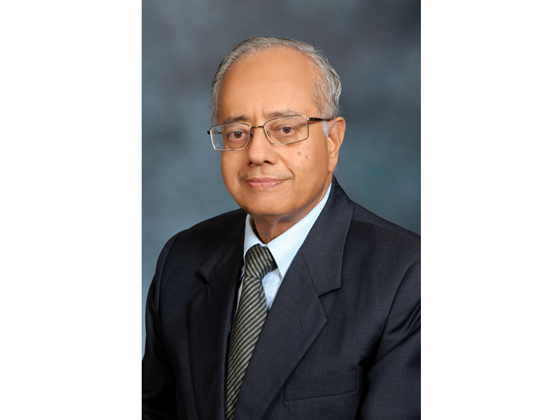One of few architects to be bestowed with the Padma Shri, C Raghavendran has been instrumental in giving life to some of India’s most important public projects during the four decade-long career. From the very beginning, Raghavendran focussed on sustainable and eco-friendly principles, conducive to intelligent building concepts – much before the approach became a buzzword. He specialises in blending architecture with engineering design principles, focusing on energy efficiency, occupant safety and health, and climatically and contextually responsive designs. His approach to architectural design is that of an innovative, comprehensive and inclusive process. The firm in itself has an illustrious history that coincides with India’s first steps towards freedom and the modern era. The emergence of newer architectural styles, introduction of novel building techniques and the need for an environment sensitive integrated structure, have all played their role in making CRN Architects one of the foremost consulting organisations in the country today.
Anna Centenary Library, Chennai
The complex, aimed to be the cultural and educational node of the city, displays a ‘generative’ plan that stimulate activity, enriching the interaction of users.
The interplay of levels, which enhances the visual and spatial connectivity across the floors, also creates a variety of articulated internal volumes, emphasising the public use of spaces. Featuring distinct detailing of clean lines, all elements composed to form the structure are detailed to accentuate the planar language of the project. Innovative approaches in the use of materials, technology, orientation, etc, define the structure and its operation, also ensuring efficiency in various aspects such as lighting, air conditioning, water recycling, etc.
DePuy Institute, Chennai
The design of the healthcare training institute is anchored in the reality of function and form addressing to the client’s needs and requirements. While maintaining the balance between function and style, the practical and the creative aspects were integrated to deliver a contemporary and modern aesthetics. The project is refined and balanced as far as requirements and their treatment is concerned.
The interior composition became a lot more important, which is clearly reflected in the varied use of elements employed to enhance the spatial quality. Crisp and fresh materials including coloured glass, corian, carpets and timber are used to create a strong and welcoming space whilst stone floor tiles are laid throughout the facility.
Institute for Finance Management and Research, Andhra Pradesh
Designed on the natural topography of different contours, the design of the building aims at providing a visually open environment integrating stilted areas, sky-lit atriums and porticos into the built form.
The centre is conceived as a series of structurally similar modules, arranged along a vertical circulation spine, which offers an element of visual transparency at every junction. Integrating efficient technology the entire building is air conditioned widely with modern VRV system and monitored by IBMS.

